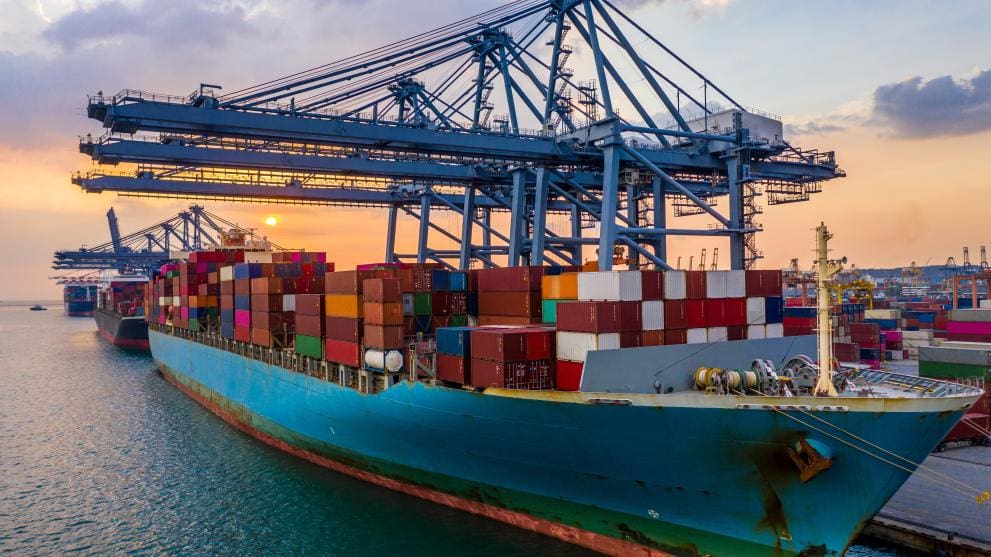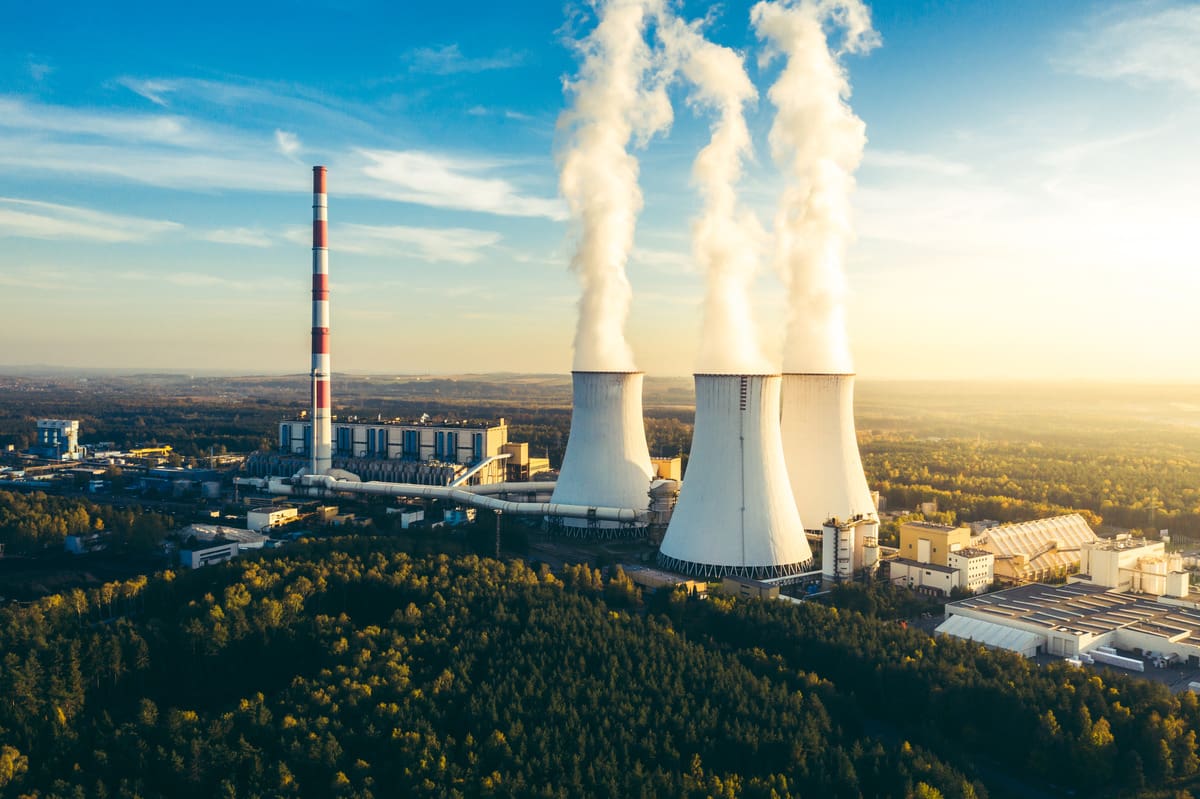Innovation in Energy. From an Obscure Commodity to an Attractive Star Performer?
The Who Owns Whom report on battery manufacturing in South Africa has a wealth of information, especially on the wider market and drivers of batteries.
There are many different batteries and a growing number of uses. More energy efficient applications causing lower battery consumption are offset by new and expanded uses. The most striking is irrefutably the EV (Electrical Vehicle) market.
The previous wave of innovation in batteries saw the reduction in size and increase in capacity of primary and rechargeable batteries, driven by mainly by the cellphone revolution. Many other applications benefited and expanded the use of batteries, remote controllers, battery operated power tools and so on.
The next revolution will come from EVs. The big difference will be the proportional cost of the battery. In broad averages:
– A current replacement cellphone battery retail will cost around R 200
– A replacement car battery (lead-acid) retail will cost around R 2,000
– An equivalent lithium-ion car battery in an EV will cost 4 to 10 times a lead-acid ≈ R 30,000
And unlike the 1970s when the Club of Rome issued a doomsday report, which concluded that, without substantial changes in resource consumption stating that – the most probable result will be a rather sudden and uncontrollable decline in both population and industrial capacity. At the time, voices of climate change activists were generally ignored. This time, with global warming becoming a reality, the activists are achieving some progress. Governments all over the world have started investing in green technologies.
There are, however concerns that the purchase price of an electric vehicle today is still very high and there are major inconveniences associated with travel range, recharge time and infrastructure availability. Beyond that, there is the big questions of additional electricity demand.
This blog is about putting some obvious aspects into perspective; Firstly we mentioned the still higher cost of EVs, certainly a strong economic issue in SA with the middle income group being under financial strain. An electric Mini car sets you back about R 650,000, an ICE (Internal Combustion Engine) Mini R450,000. The Hydrogen Council estimates EVs total cost of ownership will only reach parity with IEC cars by 2030. On the grounds that we can expect that an electricity levy will replace the petrol levy (to preserve tax income), EVs running cost would also still be higher than ICE vehicles.
Secondly there is the availability of sufficient electricity to fuel EVs. Eskom does not have enough electricity to power the economy safely i.e. without regular power cuts, let alone provide additional power needs for a growing economy. Eskom has about 30GW usable installed capacity. If we were to have say 1 million EVs (less than 10% of the current fleet in SA), Eskom would possibly need another 7 GW or so, something that does not seem possible in the short term, also because its margin to supply peak loads is almost non-existent. Furthermore, a lot still depend on how much coal is being burned to charge up the EVs. Electric grids still need to get much cleaner before electric vehicles are truly emissions free.
The sad part of all this is that local manufacturers don’t have a home base to establish capacity and with ability to spend on research for technologically advanced and internationally competing batteries. Tesla, as compared to established and powerful car manufacturers, conquered the world because of innovation in battery technology.
Metair, a South African battery manufacturer, is investing in Romania, which as a member of the EU has a big and fast growing market with no import-export bureaucracy and costs and no money exchange risks to manufacture Lithium-ion batteries. This way, Metair will gain industry knowledge and expertise and with time bring the technology home and contribute to the struggling job market.
Contact us to access WOW's quality research on African industries and business
Contact UsRelated Articles
BlogCountries Electricity gas steam and air conditioning supplySouth Africa
South Africa’s Maritime Sector: Growth, Green Tech & Global Competition
Contents [hide] There is no doubt that the maritime transport sector is an important keg in the South African economic wheel. According to the Who Owns Whom report on maritime...
BlogCountries Electricity gas steam and air conditioning supplySouth Africa
The Energy Sector in Namibia: Projects, Investment & the Drive for 80 % Local Supply
Contents [hide] Namibia’s move towards reducing energy import dependency Who Owns Whom’s report on the energy sector in Namibia highlights the country’s forward-looking economic development policy addressing its dependency on...
BlogCountries Electricity gas steam and air conditioning supplySouth Africa
Can Independent power producers turn the tide in electricity generation for South Africa?
Contents [hide] The complexities of power generation in South Africa As detailed in our recent report on the generation of electricity in South Africa, Independent power producers have become indispensable...





